05.24.18Dan Cotton on Building Relationships and Trust: An Index Post
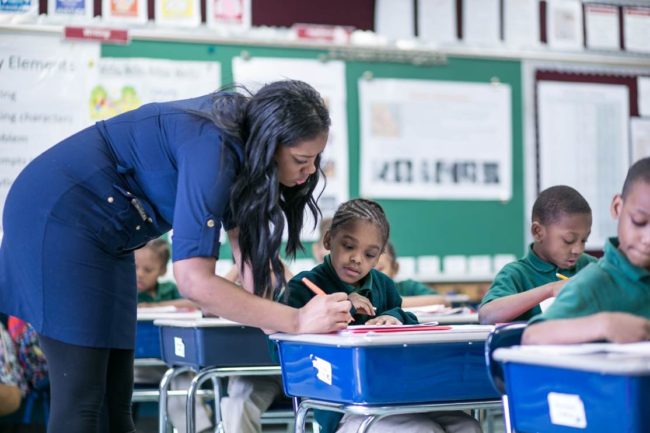
A little over a year ago, my colleague Dan Cotton wrote a series of posts about relationships in the classroom that were unusually insightful and that I keep coming back to. I often want to forward them to someone or reference them as a group. To do that I have to send three links and a summary email.
No more! This post is a sort of index post. I am going to re-share all three of Dan’s articles with short summaries so there is a single place from which to access and share the whole series. I hope you’ll find it as useful as I did.
Post 1 Competence and Trust, Part 1: A Guest Post from Dan Cotton
In this post Dan notes the trust is the bedrock of relationships so it must be built intentionally in the classroom. But he also notes that the nature of trusting relationships changes according to the setting. Spouses and teammates experience and build different types of trust, for example. So Dan asks, ‘What do we mean when we stress the importance of building strong relationships with students? And what kind of relationships are strongest?’
In answering Dan notes that competence is a critical part of building trust and that this is easily over-looked.
Warmth and competence are both required to create strong, trusting relationships…In classrooms where caring is exhibited in abundance but competence is lacking, strong teacher-student relationships will decay, and ultimately collapse.
Doing our job well is the first step–not sufficient but necessary. I do some work with coaches and this point was intuitive to them. Players want to get better. If you’re not doing that, if they don’t believe you can do that, there’s only so far your relationship can go.
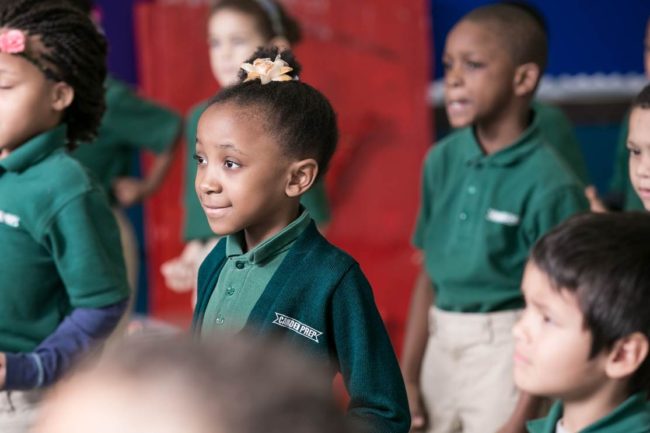
Post 2: Competence and Trust, Part II: A Guest Post From Dan Cotton
In this post Dan continues his discussion of trusting classroom relationships, watching a video of a moment of success capped by a fist bump between teacher and student. Dan writes:
It’s not Beth’s fist bump that strengthens their relationship, though I suspect Iffy appreciated it. It’s Iffy experiencing Beth’s genuine excitement at her achievement with the content that connects them.
Dan suggests replacing this model of student-teacher relationships:
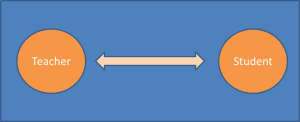
With this one:
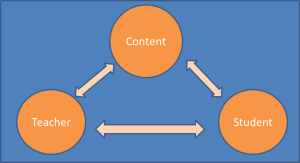
You build the strongest relationships by helping people achieve a goal. Especially as a teacher.
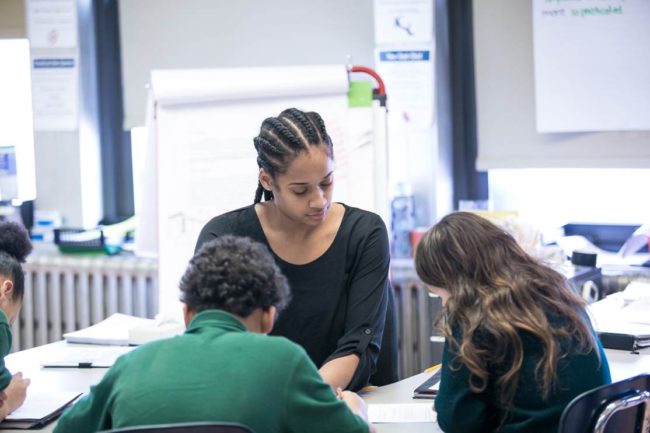
Post 3 Competence and Trust Part III: Student-Teacher Relationship Building and TLAC
In the third post Dan connects this vision of teacher-student relationships being predicated on a teacher’s ability to help a student achieve things to Teach Like a Champion techniques more specifically. He notes his surprise that some people saw student-teacher relationship building as a separate task and set of skills from those we describe in Teach Like a Champion, whereas we would describe the techniques as tools to build relationships or, as we sometimes describe it, “successful relationships are technique in disguise.”
Anyway, here Dan draws the lines of connections more directly: How giving clearer directions helps students know what to do, feel less frustration, and accomplish more. One thing I find especially helpful in this post is Dan’s framing of how strong relationships with an adult make students feel. To have a successful culture and to have successful relationships, a teacher–or an organization–must make students feel 1) safe 2) successful and 3) known.
That framework in itself is super helpful but Dan also explains how elements of teaching craft can help teachers get there.
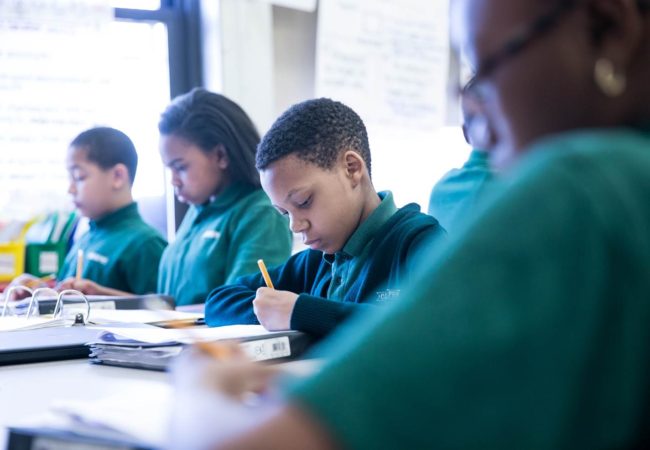
Bonus: Final Thoughts on Fist Bumps and Relationships
This post is a small coda I wrote later while watching video of a math teacher, Caitlin Webster. It shows a fist bump between her and a student. The fist bump had become to me the symbol of Dan’s series of posts. The idea is that some teachers think it is the key–if I just give kids a lot of fist bumps they’ll feel cared about. But the more I thought about that the more I found it lacking in humility and responsibility. Once they know I care about them that will change everything. Perhaps. But perhaps not. Perhaps our bestowing our approval is not the center of it all but the student accomplishing something is. In that case the fist bump is only meaningful if it is the punctuation mark on a step in achievement. Without achievement the fist bump is far less meaningful. Anyway that idea stayed with me and the video sort of stamped that for me.

Great stuff — thank you for compiling. I keep thinking about how to help teachers have these kinds of powerful relationships that are built on competence — what do they need? Most important I think: protected and sufficient planning time and quality curriculum provided so they can shift their emphasis from planning to deeply preparing. Those two things make all of those other things (anticipation of error, purposeful circulation, meaningful feedback, the fist bump) possible.